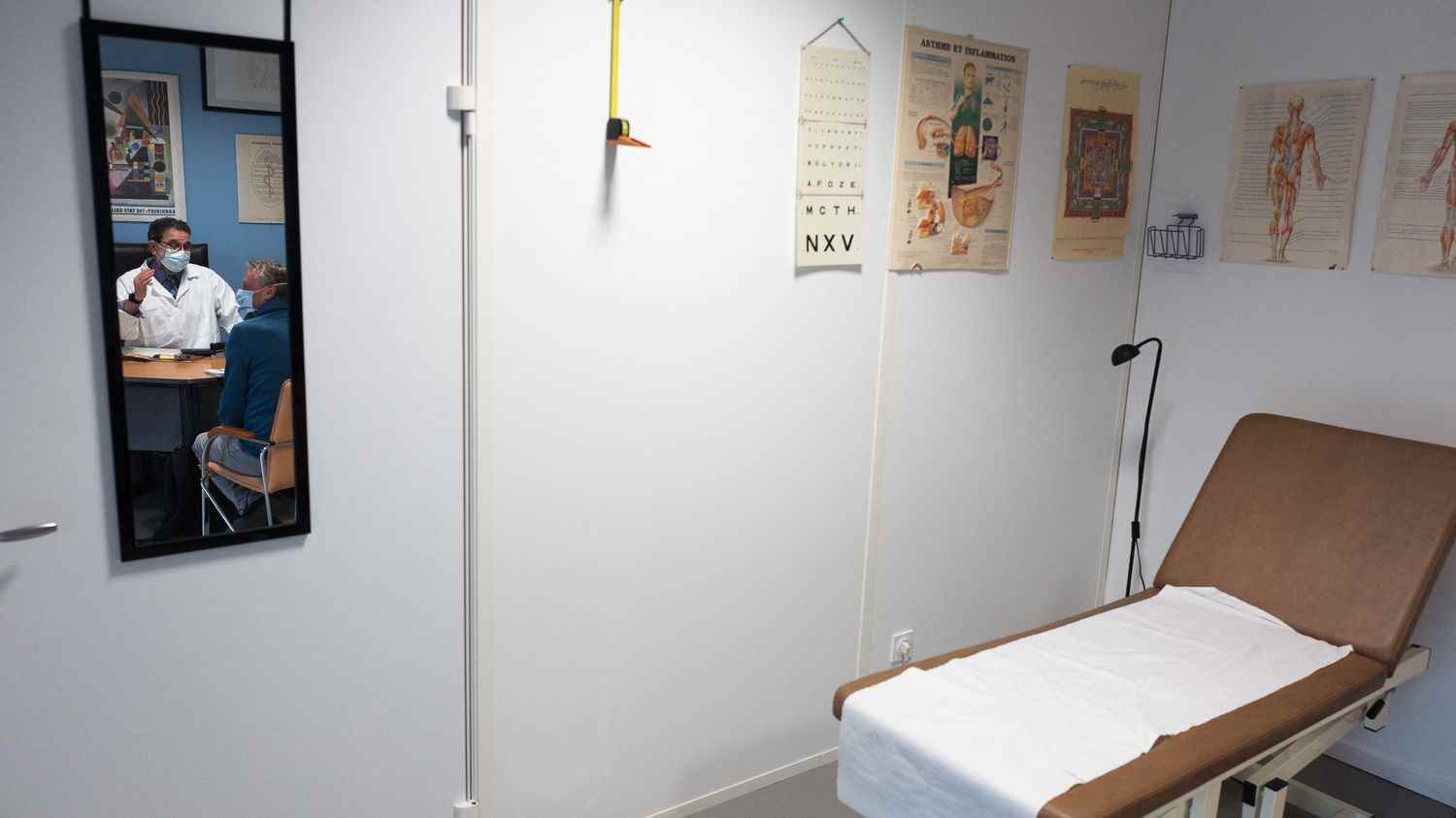In rural areas, a general practitioner covers an average of 30 km², against 5 km² in urban areas, according to the study of the Association of Rural Mayors of France, unveiled by France Bleu.
Article written by
Posted
Reading time : 1 min.
The Association of Rural Mayors of France (AMRF), in partnership with France Bleu, publishes Friday, September 30 a new study on medical desertification. This work confirms that it is six times more difficult to consult a doctor in rural areas than in towns. More than 6,000 general practitioners are missing in the rural living areas to reach the desirable objective of one general practitioner per 1,000 inhabitants. In these territories, a general practitioner covers an average of 30 km², compared to 5 km² in urban living areas.
The study proposes a new geographical approach to this health issue, by calculating the density of doctors per km² and not in relation to the number of inhabitants, as is usually the case. Result: 63% of rural living areas (2 out of 3) lack general practitioners.
From one department to another, the number of specialists also varies greatly, according to the study. While the density is high in the large cities and on the Mediterranean coast, the shortage of specialist doctors is particularly glaring in the departments of the center or the west of the country in particular. Among the 11 specialties analyzed during the survey, the gap is particularly marked in anesthesia, gynecology, pediatrics and psychiatry.
AMRF brought together 35 organizations to develop four major proposals to improve access to healthcare in rural areas. The first step is to diversify the internship locations for health students, by improving housing and transport assistance to make the diversification of internship locations compulsory in the long term. It is also necessary, according to the AMRF, to set up coordinated care teams around the patient. The third measure aims to facilitate the installation of health professionals by centralizing financial aid and administrative support at departmental level. Finally, according to the recommendations of the report, it is essential to facilitate collaboration between community medicine and hospitals, particularly in under-resourced areas.
